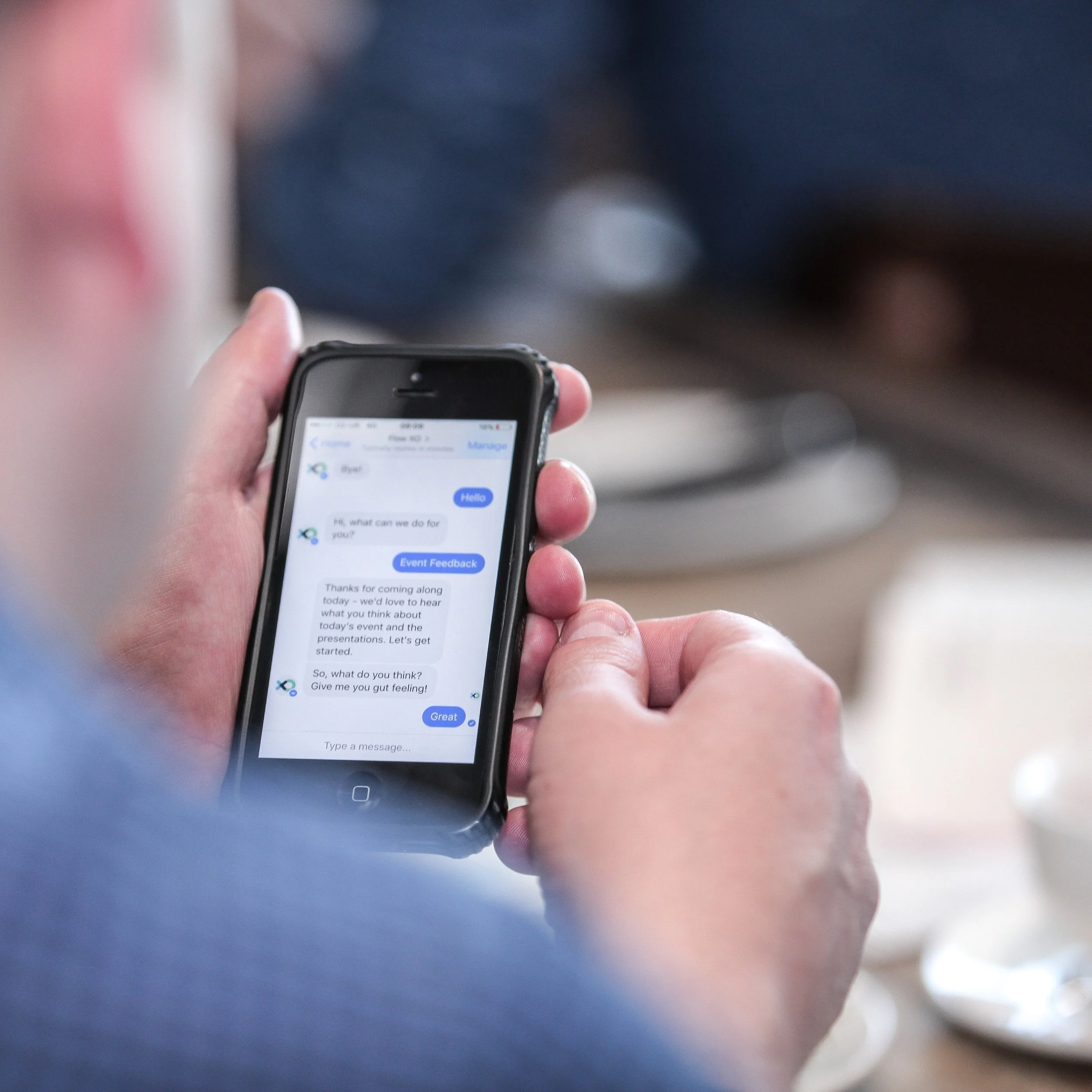If you’ve ever wished you could delegate certain routine tasks to an assistant, then a chatbot could be just what you need.
Staff working for Unilever will soon be able to get HR advice from Una, a new member of staff who will be available worldwide and at any time of day. Una is a chatbot, capable of conversing with employees in 106 countries, using 32 languages, Unilever’s Keith Williams told a conference last year . Unilever employees can contact Una through Skype for Business and complete tasks such as getting information about benefits, claiming for healthcare or selling shares. It saves time poring over FAQs or filling-in forms, and it frees HR staff for more complex queries.
Chatbots – artificial intelligence-powered computer programs that can understand conversational language – are becoming more common in the workplace. As they improve, more of us will find ourselves with ‘digital colleagues’ like Una.
Get a bot to do it
Chatbots are so-called because they use natural language processing and artificial intelligence to understand commands and respond. Crucially, users do not have to memorise specific commands. It should be possible to type ‘what’s the weather like?’, ‘what temperature is it outside?’ or ‘do I need a raincoat today?’ and have the chatbot respond with a forecast.
Chatbots can ‘live’ in messaging apps – and you might well have ‘talked’ to one using customer service chat on certain company websites. In the workplace they are integrated with applications like Microsoft Teams, Slack and Facebook at Work. They can also work as voice-controlled assistants – think Microsoft’s Cortana or Amazon Alexa.
Certain routine tasks are ripe for delegating to chatbots. Checking meeting room availability, finding a time when required attendees are available, booking a meeting and then sending everyone the details is a common, time-consuming task – and many chatbots can take on all of it. Indeed, Microsoft has a feature called Calendar.help, which will do this via email.
Other ideal tasks for chatbots include raising IT support tickets, gathering data for a presentation or arranging a visitor’s pass for a client. Once in your client meeting, you can ask a chatbot to create action points as you go.
A smart assistant that gets smarter
Chatbots have the potential to change the workplace in a similar way to the arrival of the desktop computer. Although, to be precise, chatbots are more like the keyboard or the mouse – they are a way of interacting with and controlling the computer. At first, the range of applications available will be limited – the equivalent of having a word processor app but no spreadsheet – but they will soon expand.
The nature of AI means applications will get smarter over time. The more data the system has, the more it can learn about behaviour, understand frequent requests, and even predict future ones. Chatbot vendors are able to learn from their customers’ data in aggregate, which gives an advantage to those with the greatest scale.
As it learns more about the business and the employee, the chatbot can be more helpful. For example, it might respond to a request to set up a meeting by saying: “You usually invite Anne to your Monday morning meeting, would you like to add her to this one?”
Helpfully for employees, chatbots come with a very short, shallow learning curve. Everyone knows how to ask for something in writing or with speech, and because the AI understands natural language, there is less chance of a user getting stuck. That means that, unlike many new technologies, less tech savvy users are just as likely to be comfortable with chatbots as those who are more experienced with computers and technology.
Many employees will already have used chatbots, probably as voice-controlled assistants on their smartphone, such as Apple’s Siri, or in a smart speaker, like Amazon’s Echo. Some might even be wondering when their office technology will catch up.

